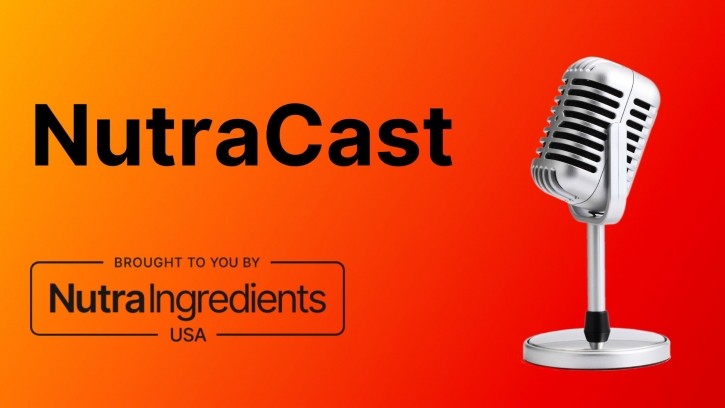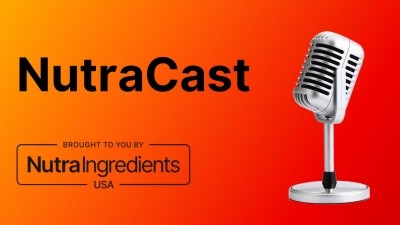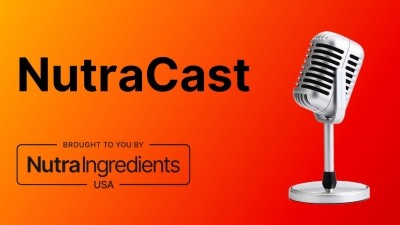NutraCast: Exploring ‘green gold’ with the Kava Coalition

The U.S. demand for kava from Fiji led to a 500% increase from 1997 to 1998, and the future of the kava market was looking bright. However, the drink’s image took a devastating hit.
"In the 90s there was a kava boom, which was a big, big deal for the Pacific Islands," explained Matthew Lowe, executive director of the Kava Coalition. "We saw kava that is native to the Pacific Islands being exported, changing people's lives from an economic perspective…and it was going through a Renaissance period. Unfortunately, between 1998 and the early 2000s, there were some cases around liver toxicity that popped up that caused death, and these were all linked to a novel kava extract that was…being sold as a pharmaceutical.”
The concerns over liver toxicity led to restrictions and regulations in the U.S. and countries like Canada, France, Germany and Australia.
Lowe said some believe the deaths were caused by a combination of different factors, including the solvents used, supply chain shortcuts, the type of patients that were being given these pharmaceuticals and the fact that they might have had pre-existing liver conditions.
"I think the biggest challenge you have from a kava perspective is that the science has certainly moved on, and I think the majority of the scientific community would agree that kava is a very, very low response when it comes to the concerns of liver toxicity, but the regulations really haven't moved on, even in the United States," Lowe said. "Recently, the FDA put out a GRAS determination on kava and put forward that it was not generally recognized as safe due to liver toxicity concerns, and we would suggest—and I think the majority of the scientific community would suggest—that this is not the case."
As some countries consider readdressing their stance on kava, Lowe expects a bright future for the kava market.
"We’re working with vendors, we're working with scientists, we're working with consumers, and we're working with governments—not just in the U.S. but in Fiji, in Vanuatu—to really start to drive regular exchange. I think the U.S. will continue to grow and really be at the forefront of kava consumption and kava innovation.
"I think very importantly, with the taste profile of kava, it's quite a taste, and it's quite exotic, and so I think if you keep it to just the formats of traditional kava, which is that muddy drink that's in a coconut shell or a kava bowl… I think the market is pretty limited. But when you start to move it into product formats that are more suited to people that are not within the Pacific Island culture, you'll start to see a big uptake in consumption. We're really starting to see that in the United States.”
Earlier this year, The Hawaii Department of Health (DOH) issued a memorandum finding that kava is generally recognized as safe (GRAS). And in April, the American Herbal Products Association (AHPA) released an updated entry for kava via the online Botanical Safety Handbook, 2nd ed. Looking ahead, the Kava Coalition looks forward to a forthcoming monograph.
To hear more on the history, safety, economic impacts and recent developments of kava, listen to the NutraCast.
If you enjoy listening to the NutraCast, feel free to leave a review. You can subscribe on Apple, iTunes, Spotify or wherever you get your podcasts.









